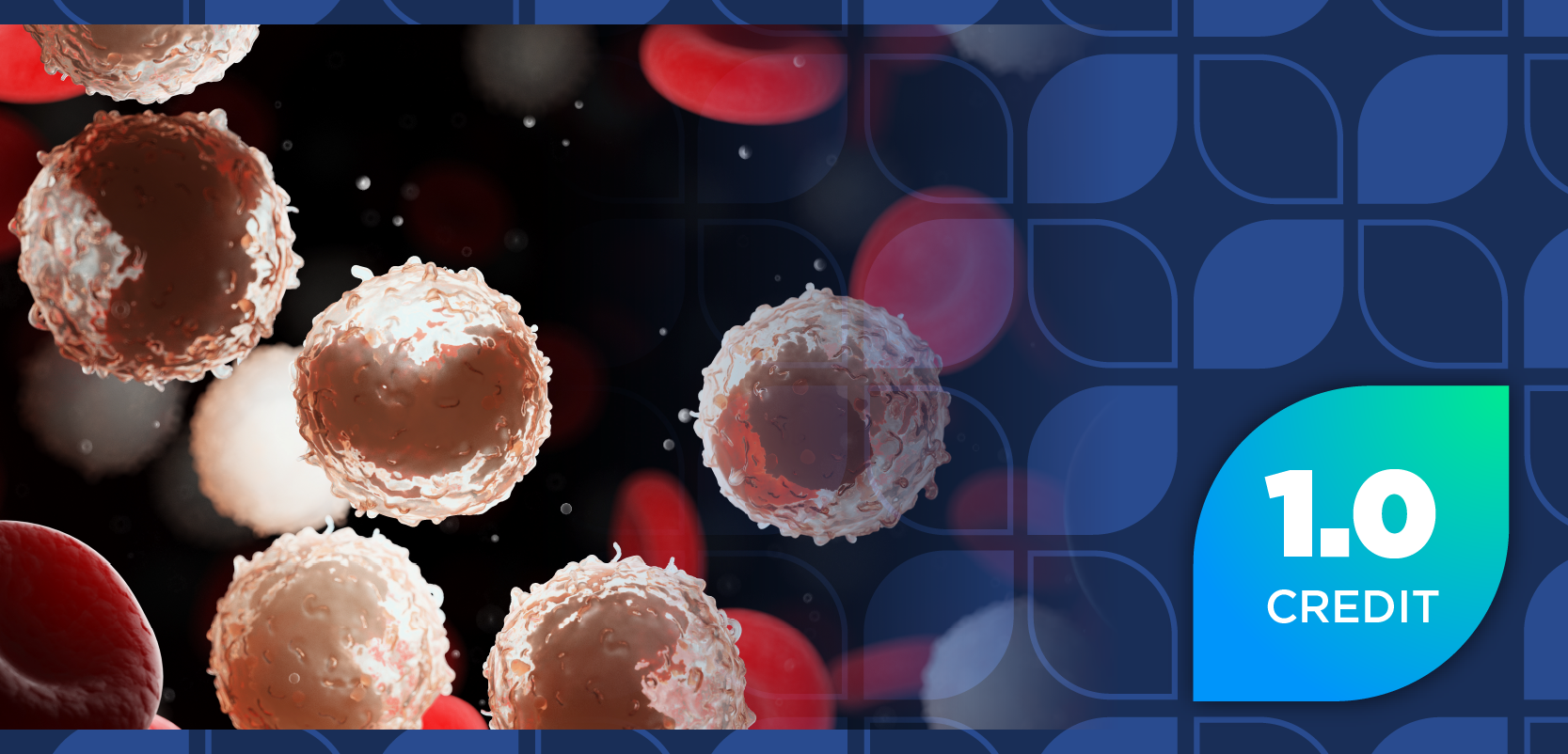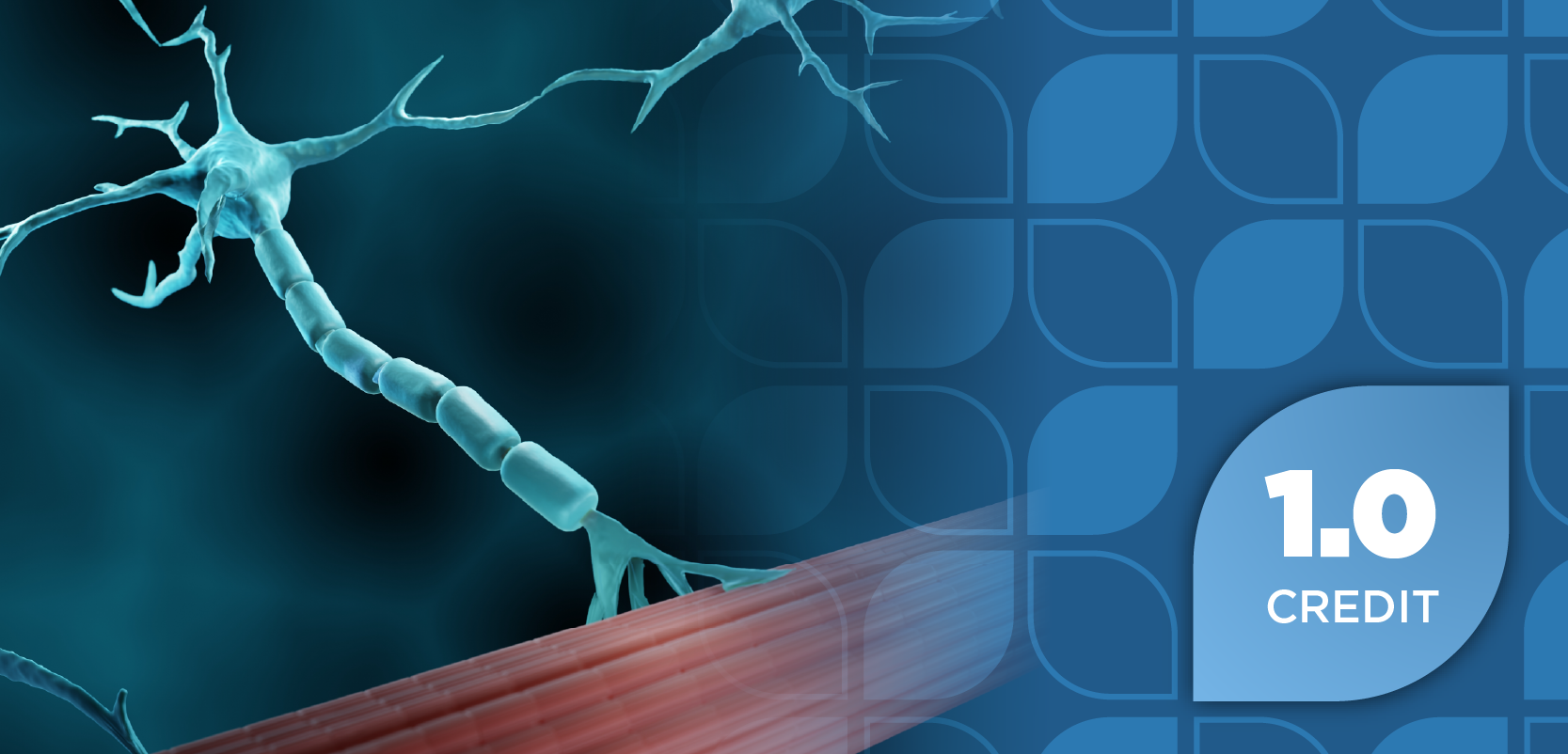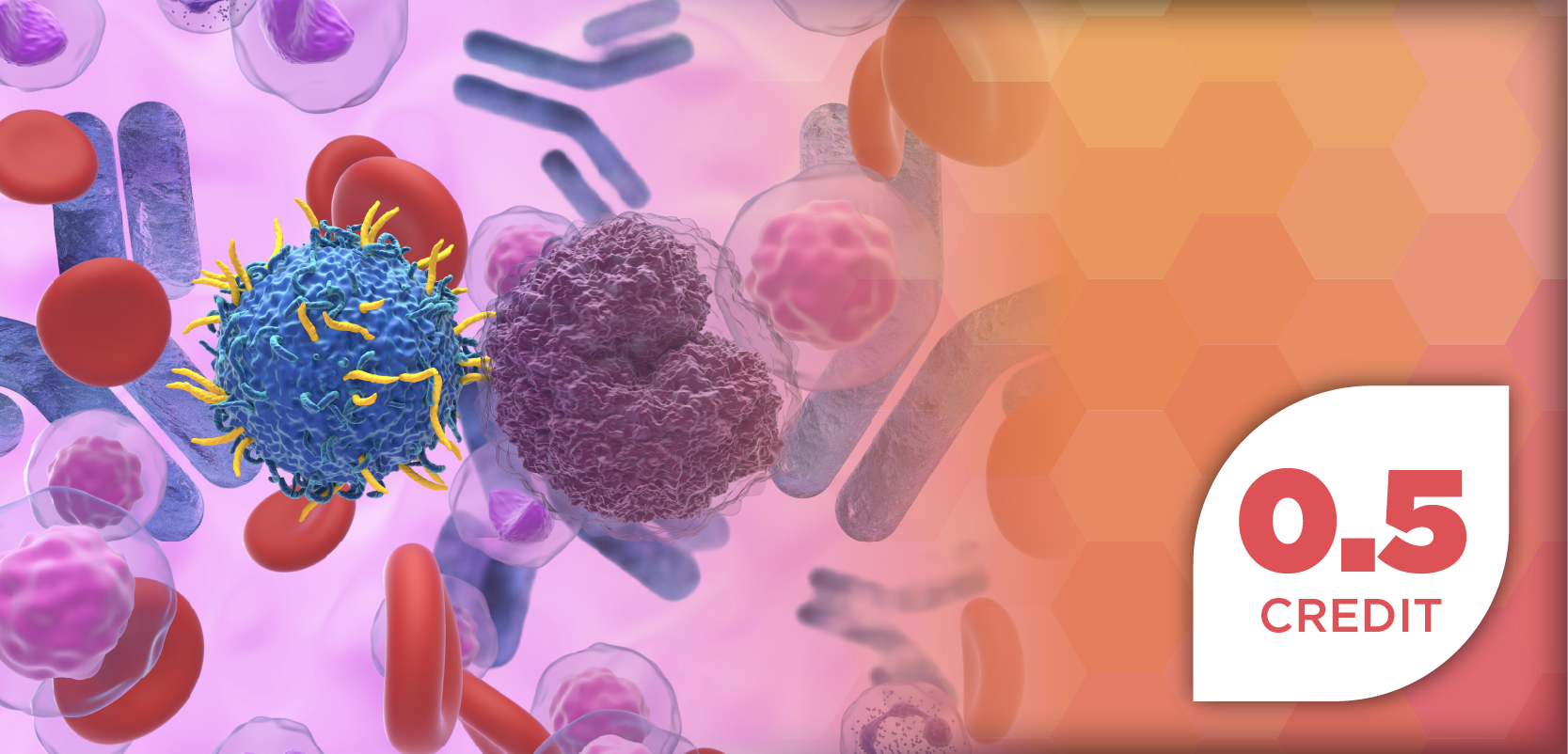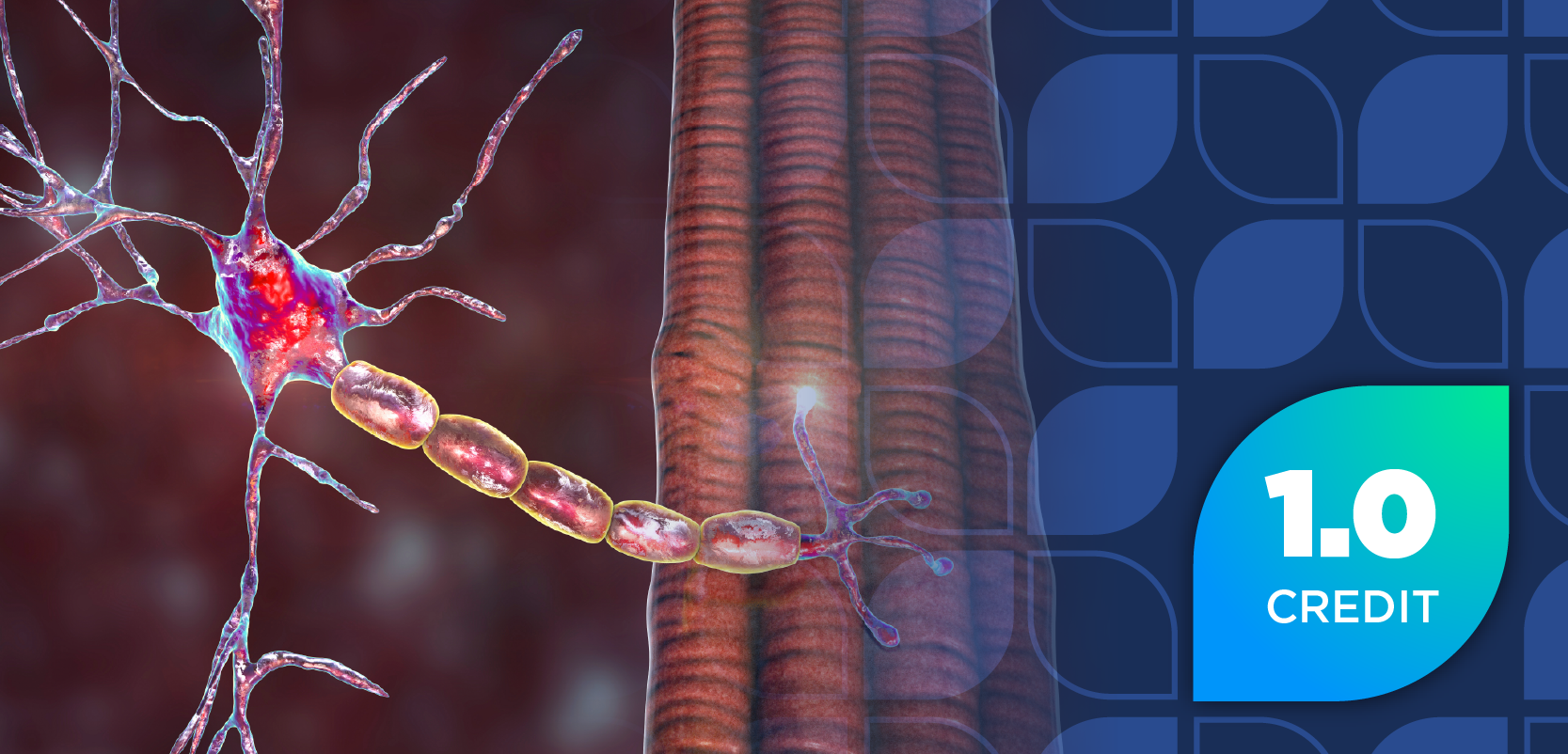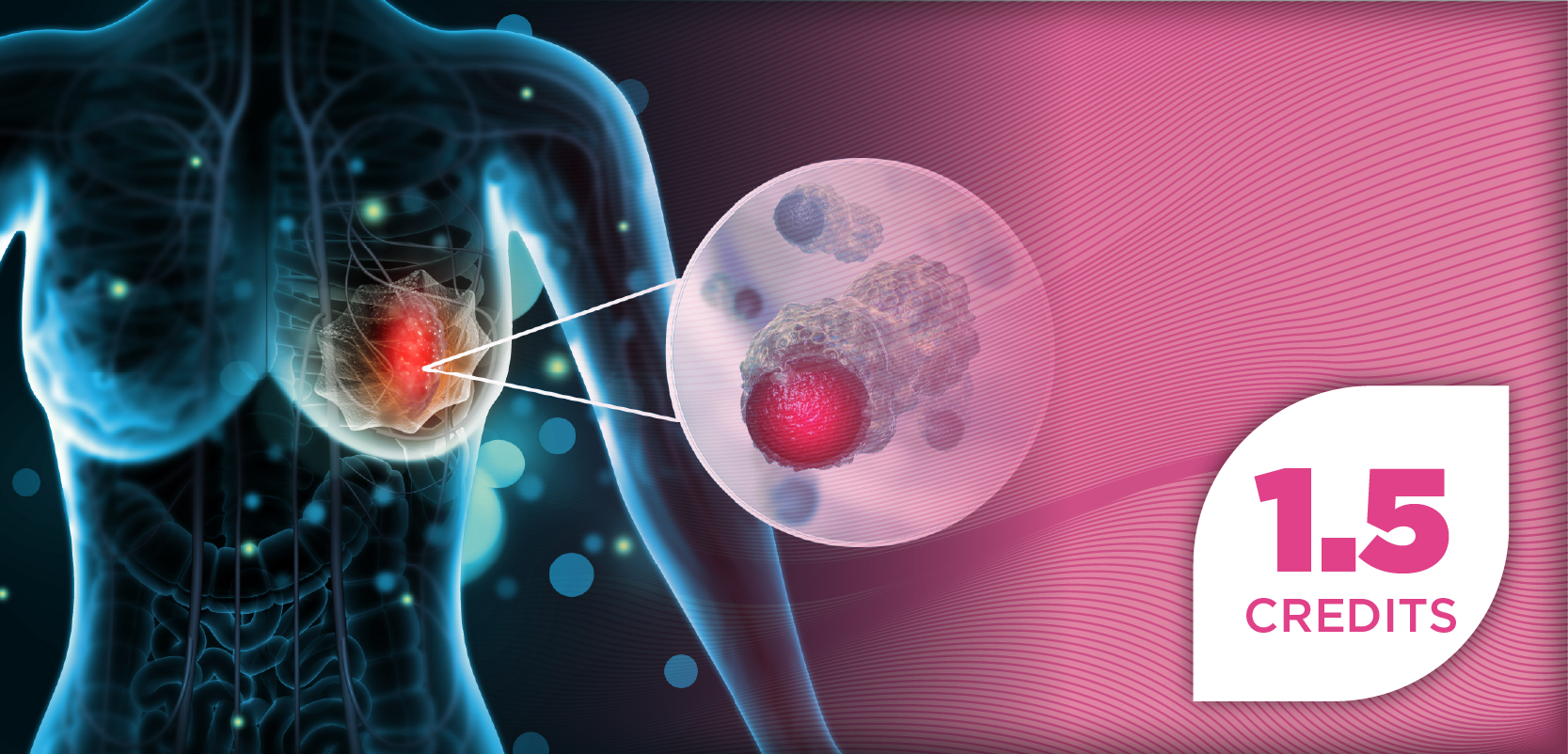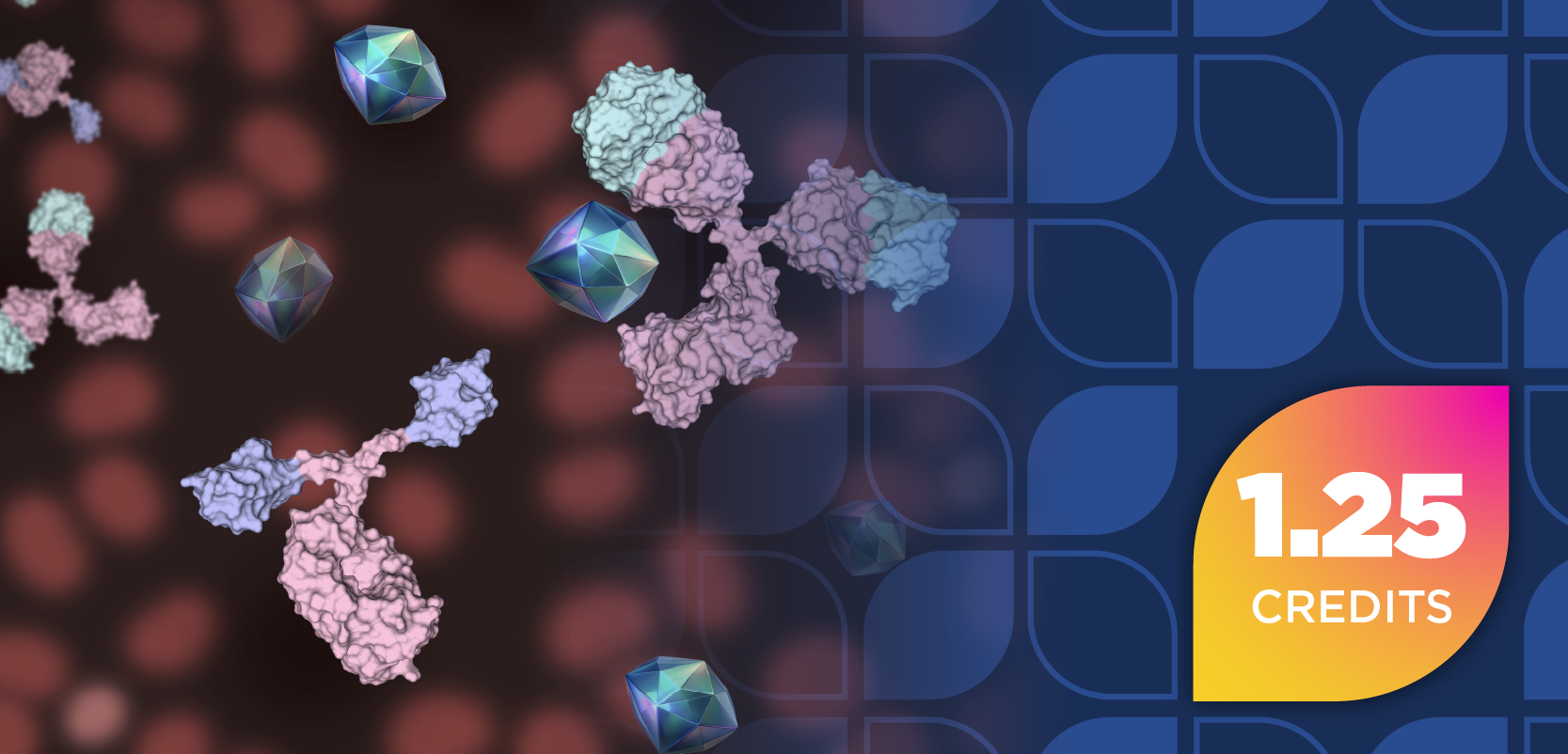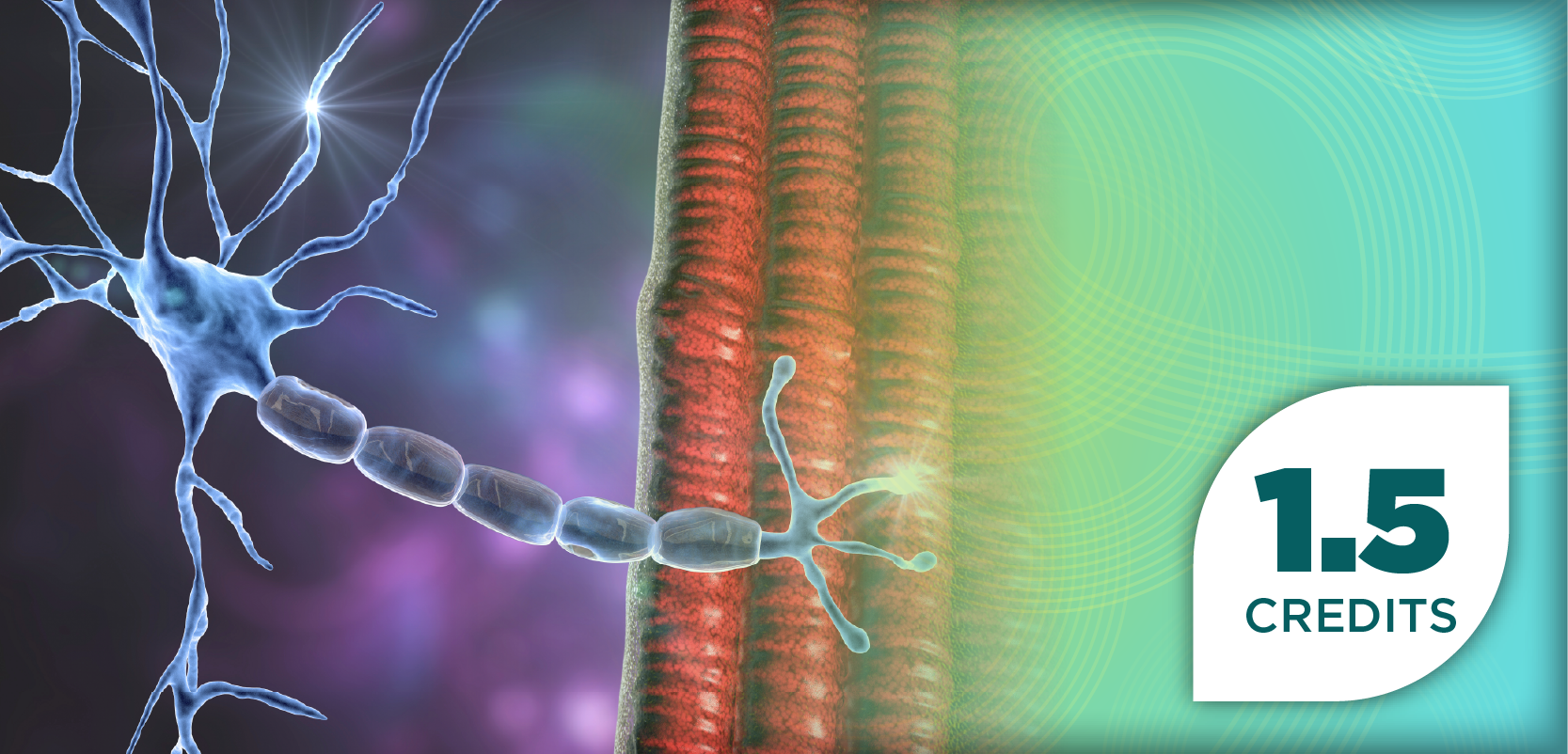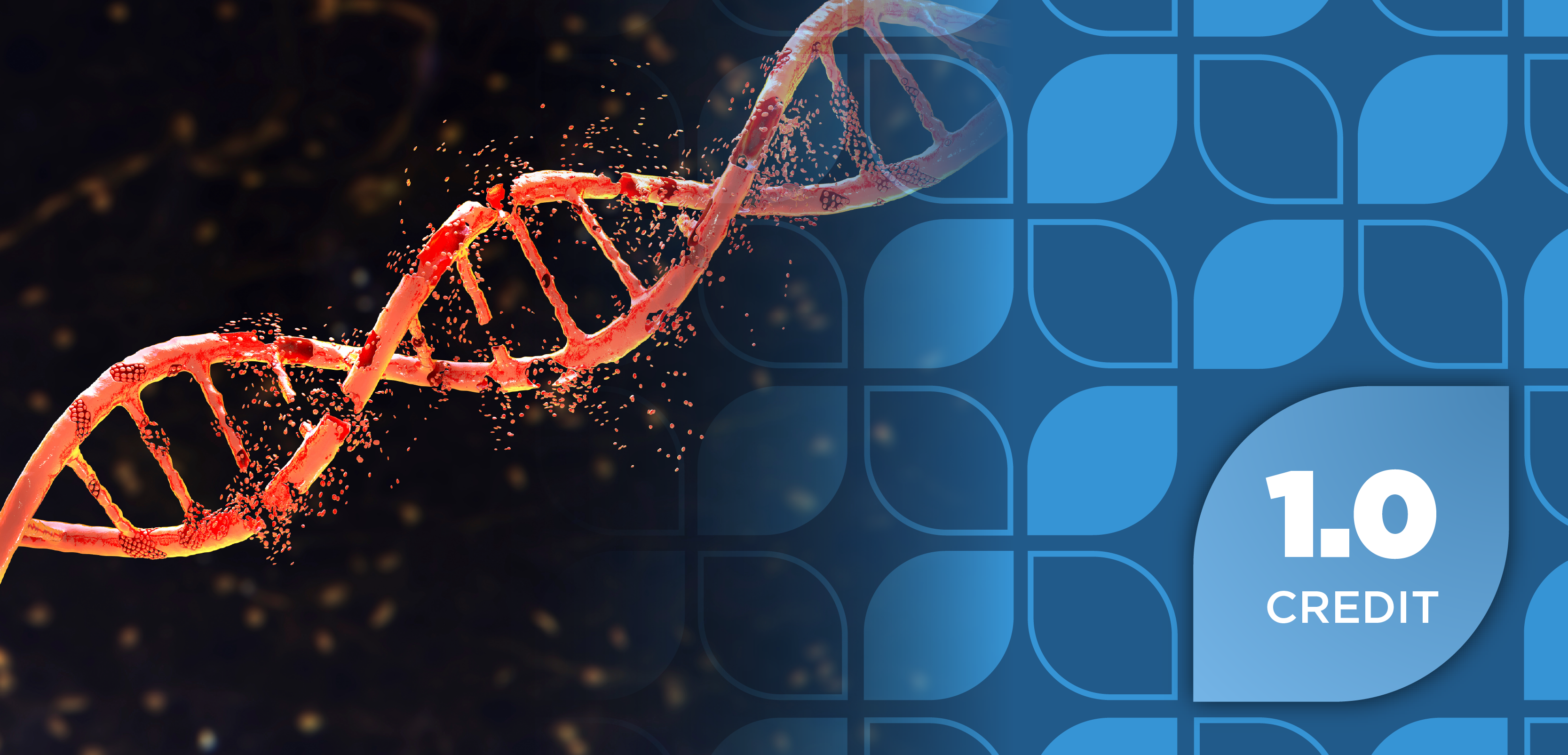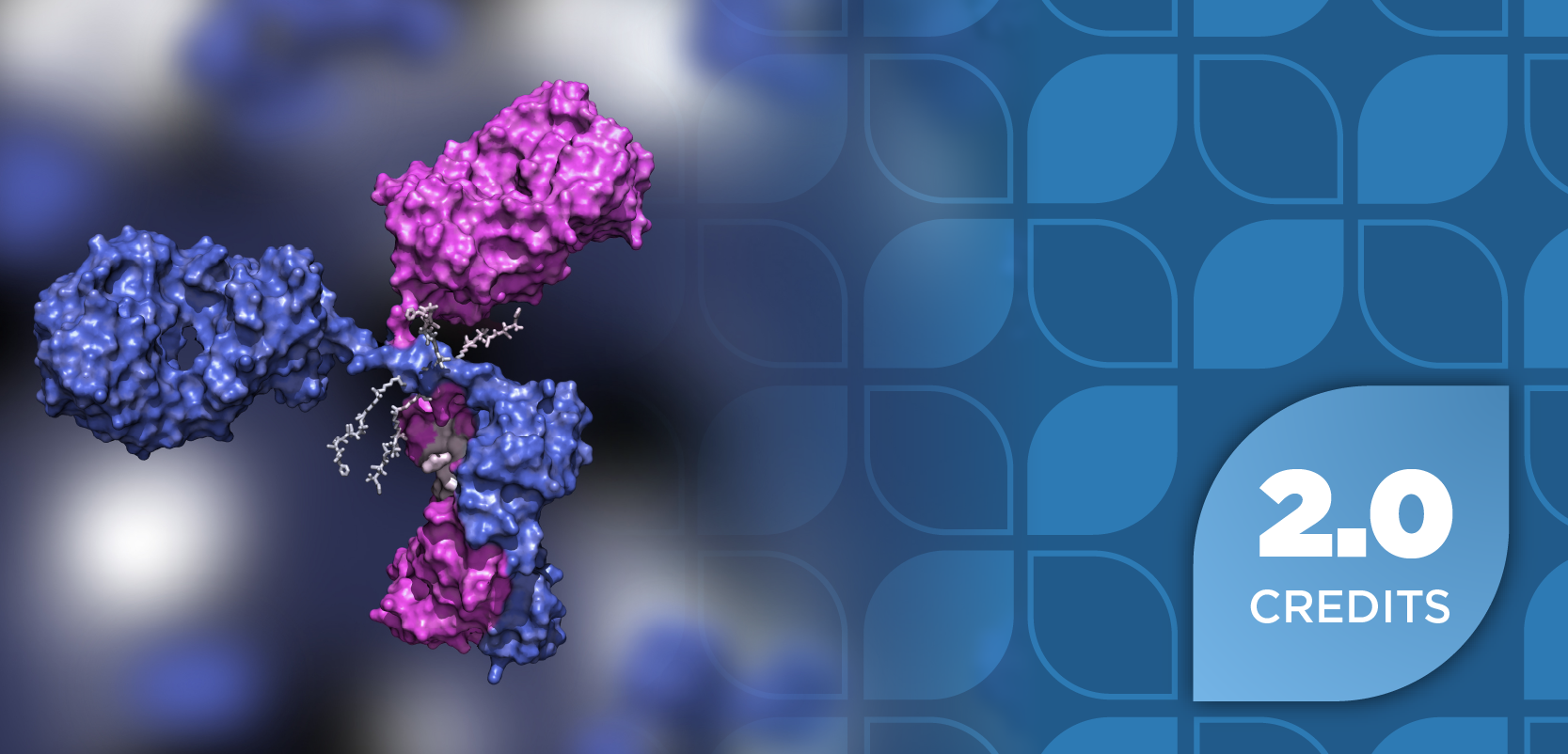
‘Off-Grid’ Electrical Activity Drives Tumor Growth in Small Cell Lung Cancer
Key Takeaways
- Aggressive lung cancer cells can form independent electrical networks, aiding their spread and reducing environmental dependency.
- SCLC consists of NE and non-NE cells, with NE cells generating electrical activity fueled by lactate from non-NE cells.
The cancer cells developed their own electrical network similar to neural behavior seen in the brain.
Researchers from the Francis Crick Institute in London discovered aggressive lung cancer cells capable of forming their own electrical network, much like the body’s own nervous system. The findings, published in Nature, suggest that this property could make lung cancer cells less dependent on the environment surrounding tumors, allowing them to spread more easily around the body.1
Small cell lung cancer (SCLC) is a highly heterogeneous, challenging neuroendocrine (NE) cancer that accounts for approximately 13% of all lung cancer cases. Despite treatment advancements, prognoses remain very poor for these patients, and most have advanced disease by the time they are diagnosed. SCLC is comprised of 2 distinct cell populations: NE cells and non-NE cells, which collaborate to drive tumor development. Prior research has shown that elevated expression of neuronal receptors promotes tumor progression across various cancer types. Considering these data, the researchers aimed to better understand the role of cancer cells' electrical activity in disease progression.1-3
“We knew that some cancer cells can mimic neural behavior, but we didn’t know how developing an independent electrical network might impact the development of disease,” explained Leanne Li, head of the Cancer-Neuroscience Laboratory at the Crick, in a news release. “By combining neuroscience and cancer research techniques, we’ve been able to look at this disease from a different perspective.”3
The researchers assessed the electrical activity in human and mouse SCLC samples to determine whether such activity may underlie the aggressiveness of this cancer type. They found that the SCLC cells were able to generate their own electrical activity and build an electrical network within the tumor, becoming independent of the body’s main electrical supply. This included nerves surrounding the tumor.1,3
These electrical signals were determined to be a result of changes to gene expression in the NE and non-NE cells. As SCLC progressed, genes enabling electrical communication were switched on in NE cells, and genes responsible for producing a supportive environment were activated in the non-NE cells. This bidirectional relationship is similar to that seen in neurons and astroglia cells that support them. Similar to processes observed in the brain, non-NE cells were transporting lactate to NE cells, triggering the electrical activity necessary for tumor support. When blocking this lactate pump, the electrical activity of NE cells decreased.1,3
“Our work shows that NE cells in SCLC have the ability to go ‘off-grid’, starting to generate their own electrical supply, and also being fueled by supportive non-NE cells rather than the energy sources used by most other cells,” said Paola Peinado Fernandez, postdoctoral fellow and co-lead author on the study, in a news release. “We’ve identified a feature which makes these types of cancers more aggressive and harder to treat. We think that this acquired autonomy of cancer cells might free them from the dependency of their environment.”3
Researchers found that despite having the same cancer-causing DNA changes, non-NE cells in mice did not spread or form tumors elsewhere. To investigate the role of electrical activity in NE cells, the team used tetrodotoxin (TTX), a pufferfish toxin that suppresses electrical activity. While TTX did not kill NE cells in a dish, it significantly reduced their ability to form tumors over time, with no impact on non-NE cells. Next, the researchers analyzed molecular markers of electrical activity in a cohort of patients with SCLC and found these markers were elevated in cancer cells compared to healthy adjacent cells.1,3
“There’s still a long way to go to understand the biological impact of this electrical activity and the specific disease mechanisms that make the tumor more aggressive and harder to treat,” said Li. “But we hope that in understanding the way these cancer cells are fueled, we can also expose vulnerabilities that could be targeted with future treatments.”3
By uncovering this unique tumor-supporting mechanism, researchers have identified a potential vulnerability that could be targeted in future treatments. As SCLC remains one of the most challenging cancers to treat, understanding the role of electrical activity in tumor progression could open new avenues for therapeutic interventions, ultimately improving outcomes for patients.
REFERENCES
1. Peinado P, Stazi M, Ballabio C, et al. Intrinsic electrical activity drives small-cell lung cancer progression. Nature. February 12, 2025. doi:10.1038/s41586-024-08575-7
2. Key statistics for lung cancer. American Cancer Society. January 16, 2025. Accessed February 13, 2025. https://www.cancer.org/cancer/types/lung-cancer/about/key-statistics.html
3. Lung cancer cells can go ‘off grid.’ News Release. February 12, 2025. Accessed February 13, 2025. https://www.eurekalert.org/news-releases/1073274
Newsletter
Stay informed on drug updates, treatment guidelines, and pharmacy practice trends—subscribe to Pharmacy Times for weekly clinical insights.





















































